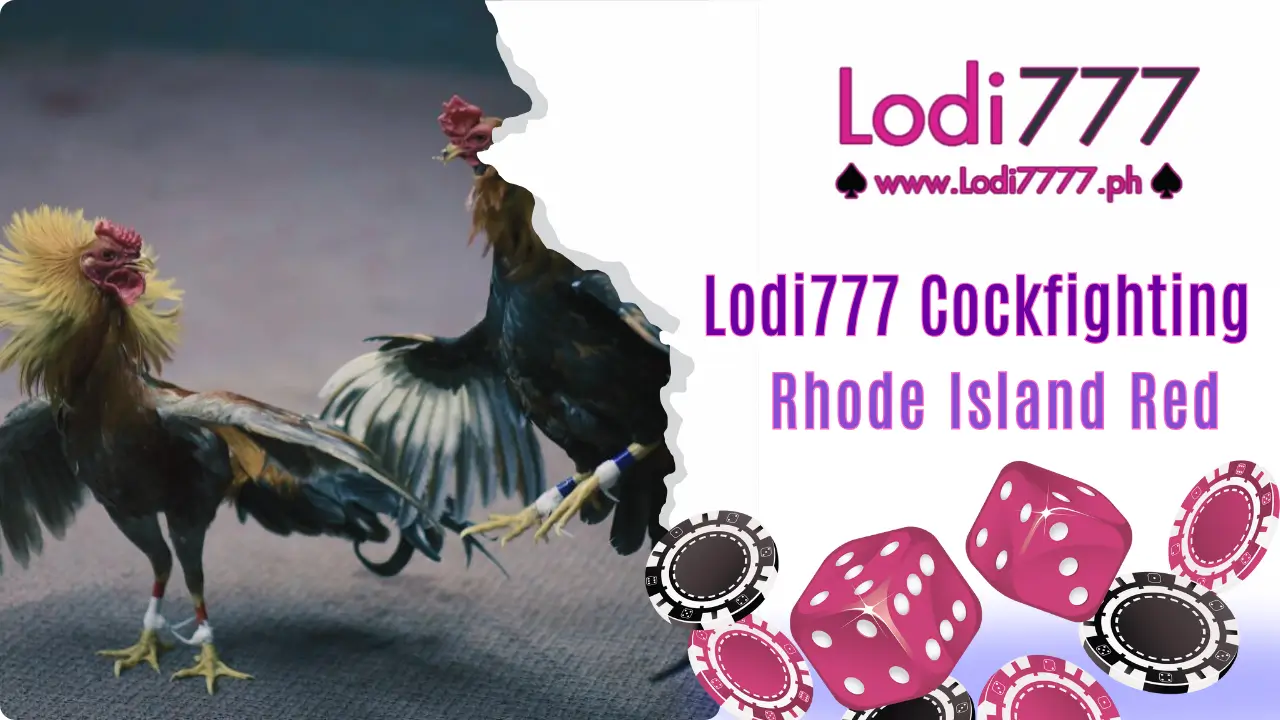Rhode Island Reds are a breed of chicken native to the United States, renowned for their dual purpose as efficient meat producers and prolific egg layers, as well as their historical involvement in cockfighting in the Philippines. Initially cultivated for both meat and eggs, modern Rhode Island Reds have been predominantly bred to enhance their egg production capabilities. Presently, all hybrids that lay brown eggs originate from the Rhode Island Red lineage.
Rhode Island Red Overview
This breed was created in the states of Massachusetts and Rhode Island. Early populations often featured birds with either single or rose combs, displaying rich colors and robust health, traits inherited from Malay gamefowls. Many breeders appreciate the versatility of this breed, with some Rhode Island Reds occasionally participating in cockfighting arenas.

Historical Background of Rhode Island Reds
The Rhode Island Red breed has its roots in Malay chickens, specifically black-breasted red Malays imported from England, crossed with Brown Leghorns. This breed gained recognition as the state bird of Rhode Island and was officially acknowledged by the American Poultry Association in 1904. Additionally, some Rhode Island Reds were developed from the black-red Java breed.
Today, while Rhode Island Reds serve primarily as egg layers, their eggs are not particularly significant in Rhode Island’s economy. Breeders often utilize this breed to create hybrids with superior egg-laying characteristics.
Two Varieties of Rhode Island Reds
Currently, there are two distinct strains of Rhode Island Red: Production and Heritage. The Production strain is known for yielding five to six eggs weekly, totaling around 250 to 300 eggs annually, whereas the Heritage strain produces three to four eggs weekly, or approximately 150 to 200 per year. These two strains can be easily differentiated by their coloration; Production Rhode Island Reds tend to be lighter than their Heritage counterparts. A notable advantage of Heritage birds is their capacity to lay eggs throughout a longer lifespan.
Given the influence of Malay ancestry in early Rhode Island Reds, some have participated in various cockfighting events. It is possible that players at Lodi777 might encounter Rhode Island Reds or their derivatives in these settings.
Key Characteristics of Rhode Island Reds
Rhode Island Reds can typically be identified by the following traits:
- Medium size
- Well-balanced physique
- Upright, serrated comb with five to seven points
- Broad and well-formed bodies
- Tight-fitting, glossy plumage
- Rich mahogany feathers in Production strains
- Short, sturdy beaks
- Yellow legs
While Rhode Island Reds are not primarily recognized for cockfighting, some breeders may develop hybrids aimed at this purpose due to the breed’s inherent aggressiveness stemming from their Malay lineage.
>>> Read More: DS88 Cockfighting
What Rhode Island Reds Are Renowned For
Primarily, Rhode Island Reds are celebrated for their exceptional egg production rather than cockfighting. Both Production and Heritage strains are capable of producing a substantial quantity of eggs, with the Heritage variety having the advantage of longevity in egg production. Currently, the most effective use of Rhode Island Reds lies in their ability to produce eggs and to develop new breeds focused on enhancing egg yield.
Production Rhode Island Red Benefits
Moreover, Rhode Island Reds are valued for their dual-purpose nature, providing both meat and eggs. This characteristic makes them popular among backyard farmers, who appreciate the convenience of obtaining both eggs and meat without needing to purchase poultry from stores.
Should Breeders Consider Rhode Island Reds for Cockfighting?
In general, the answer is no. Breeders should prioritize maximizing egg production from Rhode Island Reds instead of using them in cockfighting. If there is an interest in utilizing them for this purpose, breeders should consider crossbreeding with recognized gamecock breeds to harness the natural aggressiveness of Rhode Island Reds alongside the fighting prowess of established cockfighting breeds.
Currently, the population of Rhode Island Reds in the Philippines is limited, making it unwise to squander these birds in cockfighting arenas. Certain breeders could potentially increase the availability of chicks and adult chickens in the country, capitalizing on the opportunity to profit from selling Rhode Island Red chicks and roosters.
Conclusion
Rhode Island Reds are widely appreciated for their egg-laying performance, although they are better classified as dual-purpose breeds. Their primary utility lies in egg production and, when necessary, supplying meat for households, especially if farmers cannot sell their poultry.
Despite their aggressive behavior towards perceived threats and the role of Malay gamefowl in their development, Rhode Island Reds are not considered suitable for cockfighting. Bettors should refrain from placing significant bets on these birds in cockpits, as their aggressiveness does not translate into the specialized skills required for effective competition. More dedicated sabong breeds possess specific abilities that make them far more competitive in cockfighting settings than Rhode Island Reds.

